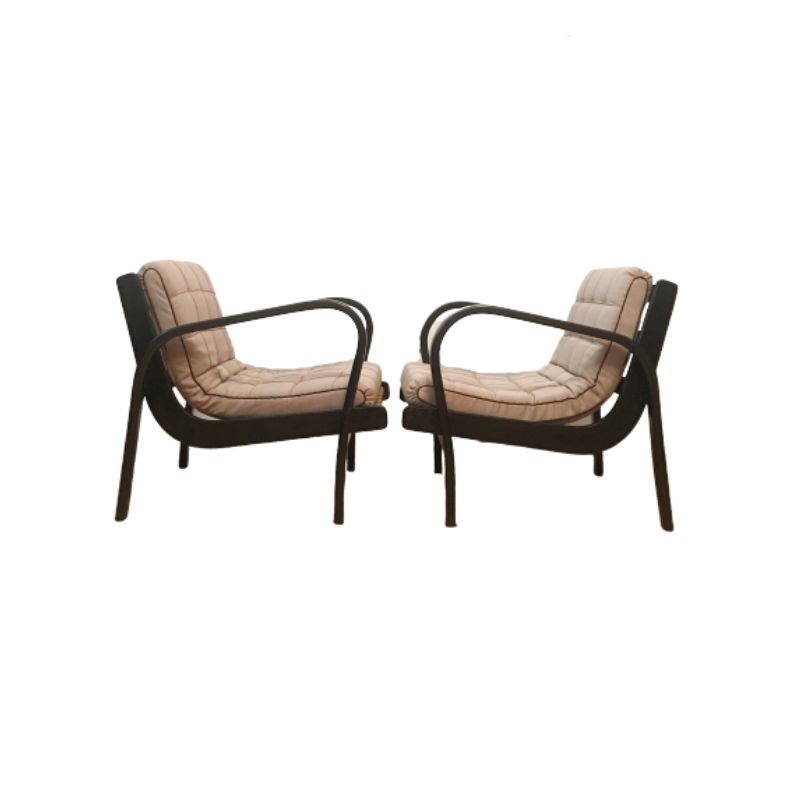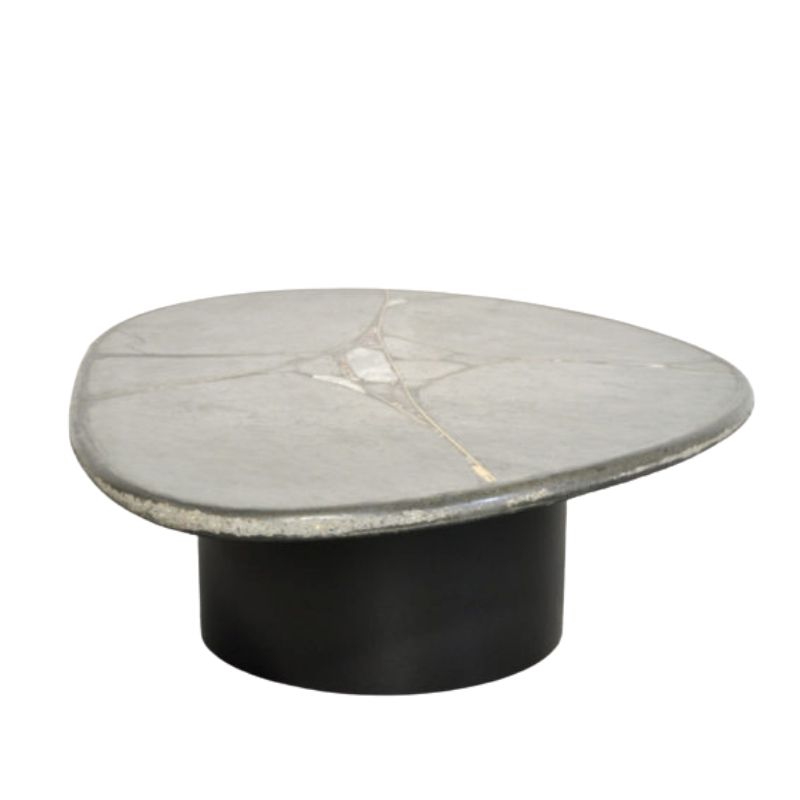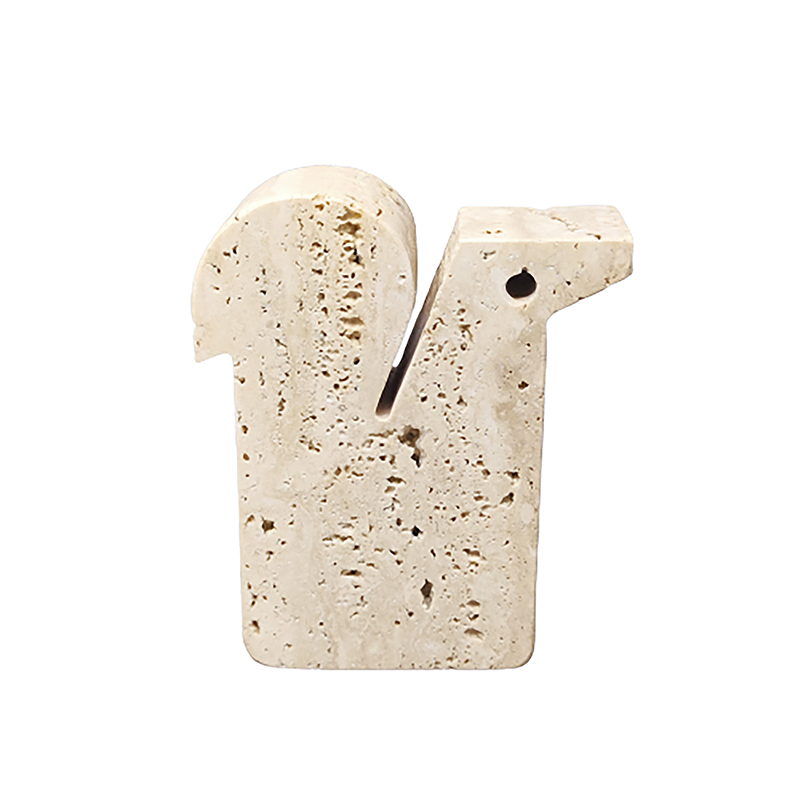ah the olden days, no doubt leather processing in the new days isn't too nice either.
'Skins typically arrived at the tannery dried stiff and dirty with soil and gore. First, the ancient tanners would soak the skins in water to clean and soften them. Then they would pound and scour the skin to remove any remaining flesh and fat. Next, the tanner needed to remove the hair fibers from the skin. This was done by either soaking the skin in urine, painting it with an alkaline lime mixture, or simply letting the skin putrefy for several months then dipping it in a salt solution. After the hair fibers were loosened, the tanners scraped them off with a knife.
Once the hair was removed, the tanners would bate the material by pounding dung into the skin or soaking the skin in a solution of animal brains. Among the kinds of dung commonly used were that of dogs or pigeons. Sometimes the dung was mixed with water in a large vat, and the prepared skins were kneaded in the dung water until they became supple, but not too soft. The ancient tanner might use his bare feet to knead the skins in the dung water, and the kneading could last two or three hours.
It was this combination of urine, animal feces and decaying flesh that made ancient tanneries so odiferous.
Children employed as dung gatherers were a common sight in ancient cities. Also common were "piss-pots" located on street corners, where human urine could be collected for use in tanneries or by washerwomen. In some variations of the process, cedar oil, alum or tannin were applied to the skin as a tanning agent. As the skin was stretched, it would lose moisture and absorb the agent.
Leftover leather would be turned into glue. Tanners would place scraps of hides in a vat of water and let them deteriorate for months. The mixture would then be placed over a fire to boil off the water to produce hide glue.'
Funnily enough 'piss pots' might be coming back, see link.
http://business.timesonline.co.uk/tol/business/industry_sectors/natural_resources/article4193017.ece
If you need any help, please contact us at – info@designaddict.com









